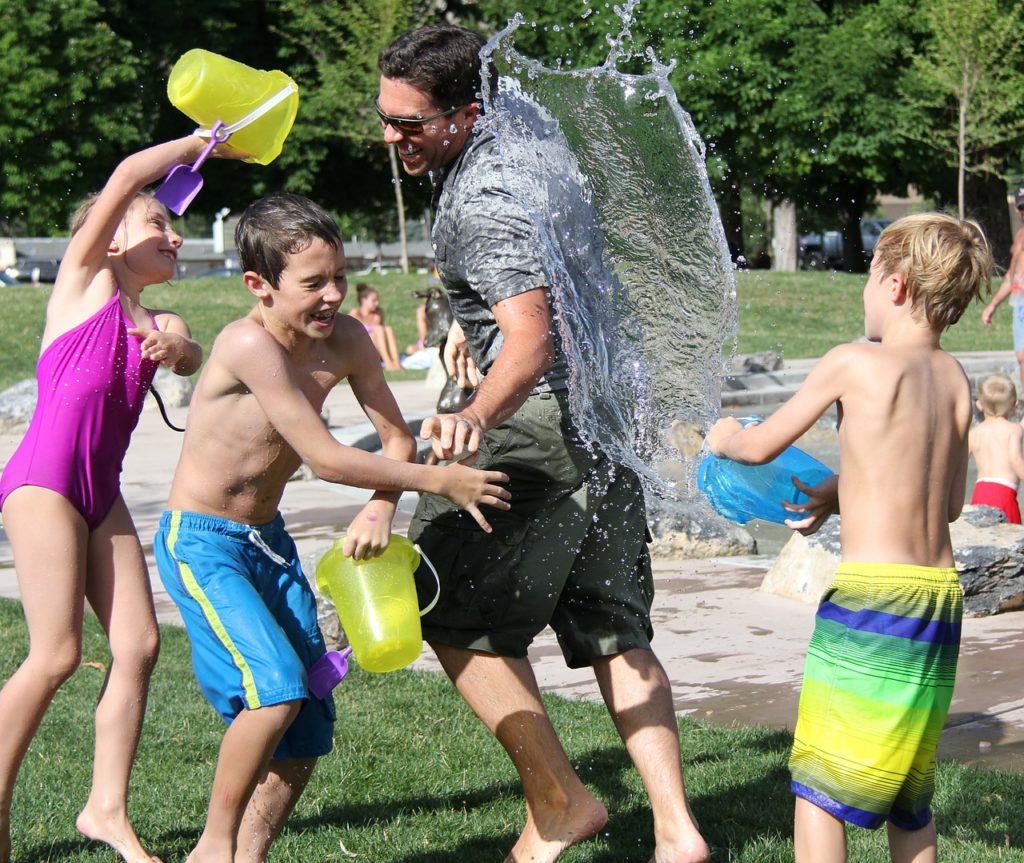
There’s no denying that the first impression that students and their families get at school goes a long way in determining how much they get to like the new learning environment. Welcoming immigrant students and their families to school is something that teachers ought to give a high priority so that they feel like they are in the best school in that region. The good thing is that there are lots of ways by which teachers could get to welcome newcomers. Below are the best ten ways to do so:
- Organize a getting-to-know-you meeting
Every child is unique and comes from a unique family as well, which is why it’s always a great idea to learn more about them and their migratory story too. Getting to know each other through a face to face meeting creates friendship and an excellent environment for new learners to adapt.
- Break the language barrier
Getting to know someone requires that you be able to communicate with them without being limited by anything, including language barriers. As such, you will need to get a translator if the new students don’t speak the same language as you, so that you can establish effective communication.
- Encourage diversity in the curriculum
To make newcomers fit in even better, it would be a great idea to leverage the diversity of perspectives, experiences, and ideas in class. That might mean something like grouping the students heterogeneously so that they can get to learn from each other.
- Inform them that they are welcome
In some schools, teachers and other staff even start campaigns to embrace all immigrant students and their families no matter where they come from or what their culture is. There are many ways to put the information across to the students and their parents. That can be something like putting up posters or even wearing T-shirts that display welcoming information to the new students.
- Promise to give your best
Most of the times, teachers forget to assure students that they will offer them their best, despite asking students to be the best they can be. You ought to promise your students that they’ll get the best they can from you, as that instills confidence in them.
- Send welcome packets home
As a good teacher, sending a welcome packet to parents at home is an excellent way of keeping them updated. A welcome packet includes a letter, schedule of upcoming events, syllabus, and a school supply list. You can decide to add something special to your welcome packet such as complimentary movie tickets, “buy-one-get-one-free” coupons, or other good deals.
- Engage continuing students
Continuing students can help in creating an introductory video and pamphlet which will assist the new students to understand basic things such as working the combination locks on their lockers. Such videos and pamphlets can then be shared with the families when registering.
- Assume positive intents
Cultures are different, and they bring different expectations, so you can expect to notice something with some of your students that might seem to be out of the norm for you. If that happens, it’s never a great idea to jump into conclusions. It would help if you assumed positive intent since every parent does whatever they can to help their child succeed.
- Break the ice
It’s normal for newcomers to feel uncomfortable in a group setting, but you can engage them in activities that will help them interact with the other students. That can be something like teaching them a new game in collaboration with continuing students to help them feel comfortable.
- Give a detailed introduction
When immigrant students and their families join your school, you should give them a comprehensive presentation that makes them feel connected to the school in a special way. You can introduce them to the school’s history, the services that students get, important dates, and anything else that makes them understand and feel that they are part of the school.
